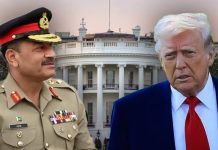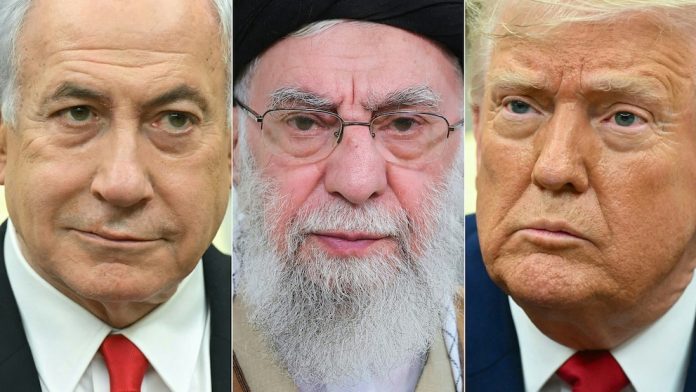In a day that veered from the brink of full-scale escalation to a shock diplomatic turn, Iran launched a missile attack on the US Al Udeid Air Base in Qatar, only for former US President Donald Trump to later announce a “complete and total” Iran-Israel ceasefire, set to take effect within 24 hours. The world watched in disbelief as high-stakes retaliation suddenly gave way to hopeful resolution.
Iran Fires on US Base in Qatar
Tensions exploded on Monday when Iran retaliated for recent US strikes on Iranian nuclear facilities, by launching a barrage of 19 ballistic missiles toward Al Udeid Air Base, America’s largest military installation in the Middle East. Although Qatari air defense systems intercepted most of the missiles, one managed to hit the base, though no casualties or major damage were reported.
US officials confirmed the attack was localized to Qatar, and praised intelligence efforts that led to an early evacuation of key infrastructure and aircraft. The Pentagon stated that Iran’s strike mirrored the US attack in scale, suggesting a measured response rather than all-out escalation.
Meanwhile, Qatar condemned the attack as a violation of its sovereignty, despite Iran’s assurance that the strike posed no threat to Qatari civilians or their government. Explosions rattled the skies over Doha, creating panic among residents. Airspace over Qatar and nearby Gulf nations was temporarily shut down as a precaution.
Trump Declares Iran-Israel Ceasefire: “THE 12 DAY WAR”
Just hours after the dramatic strikes, Donald Trump took to Truth Social, announcing a ceasefire agreement between Iran and Israel—a twist few saw coming, without formal confirmation from either nation, Trump praised both governments for having the “Stamina, Courage, and Intelligence” to end what he dubbed “THE 12 DAY WAR.”
Though Iran and Israel have not officially acknowledged the agreement, Trump claimed that Iran gave the US “early notice” of its missile retaliation and described the response as “very weak.” He emphasized that no American lives were lost and hoped this would mark the end of rising hatred in the region.
According to reports, Trump was in the Situation Room during the Iranian attack and received real-time intelligence updates. The rapid move to announce a Iran-Israel ceasefire appears to be a strategic attempt to shift from retaliation to resolution, a hallmark of his unpredictable foreign policy style.
Tehran’s Bigger Picture
Iran’s Supreme Leader Ayatollah Ali Khamenei made clear that the missile strike was a message of strength, not aggression. In a statement on X, he emphasized that Iran would never tolerate violations of its sovereignty. Foreign Minister Abbas Araghchi warned that Iran remains ready to respond again if provoked further.
Al Jazeera’s analysts noted that this marks the first time Iran has directly struck a US base outside Iraq, signaling a new phase in the ongoing regional power struggle. Tehran sees not only the US but also European nations as enablers of Israeli strikes on its soil.
Meanwhile, analysts point out that the Iran-Israel conflict is far from over, despite Trump’s declaration. The missile exchange may have stopped for now, but political undercurrents remain volatile.
An Iran-Israel Ceasefire on Shaky Ground?
The ceasefire announcement, although optimistic, is already being met with skepticism. Observers caution that it may be more symbolic than binding, especially with both Iran and Israel remaining silent. Yet, the fact that Trump publicly acknowledged it as a done deal puts diplomatic pressure on both nations to hold fire—for now.
As the dust settles, Qatar resumes normalcy, and Gulf airspaces reopen, the region watches with bated breath. Whether the Iran-Israel ceasefire truly signals peace, or just a pause before another storm, remains uncertain.
Read more: Gaza Ceasefire: Israel, Hamas Agree to Ceasefire I What Do We Know So Far


























